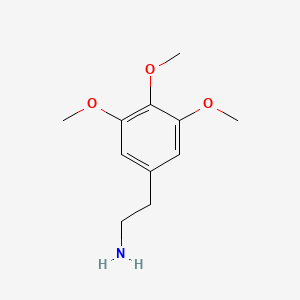- Published on
- Authors

- Name
- Psychedelic Bible
How Peyote Was Used by Native American Tribes for Spiritual Journeys
Peyote, a small, spineless cactus (Lophophora williamsii), has been an integral part of the spiritual practices of various Native American tribes for thousands of years. In these cultures, peyote is not simply a plant; it is a sacrament believed to provide divine connection, insight, and healing. To understand the profound role of peyote in these traditions, well delve into its historical context, chemical composition, ritualistic use, and the ceremonies that exemplify its sacred application.
The Historical Context of Peyote
Peyote has been used for at least 5,700 years, as evidenced by archaeological findings, including dried peyote buttons in caves in the Rio Grande Valley. The cactus was and still is particularly significant to the cultural practices of tribes such as the Huichol, Tarahumara, and the Native American Church (NAC) members.
Key Historical Milestones
- Prehistoric Use: Evidence of peyote use dating back thousands of years.
- Colonial Encounters: Spanish missionaries in the 16th century documented the use of peyote, often condemning it as pagan.
- Native American Church: Established in the early 20th century, blending Christian elements with traditional peyote practices to protect the right to religious use of peyote.
The Chemistry of Peyote: Mescaline and Its Effects
At the heart of peyote's psychoactive properties is the alkaloid mescaline. Chemically known as 3,4,5-trimethoxyphenethylamine, mescaline is a potent hallucinogen. When ingested, mescaline binds to serotonin receptors in the brain, particularly the 5-HT2A receptor, leading to altered perceptions and profound hallucinations.
| Compound | Chemical Structure | Effects |
|----------|------------------------------------------------------------------|-----------------------------------------|
| Mescaline|  | Euphoria, visual hallucinations, introspection|
Traditional Use and Rituals
The ceremonial use of peyote involves meticulous preparation and adherence to tradition. Here we outline a simplified version of these rituals for educational purposes:
Gathering and Preparation
- Harvesting: The harvest of peyote is a sacred act. Only certain people, often shamans, are permitted to collect the cactus.
- Preparation: The cactus buttons are carefully dried; this process can take several days and is considered a meditative period.
The Peyote Ceremony
Peyote ceremonies are communal and involve drumming, singing, and prayers. They often last the entire night, guiding participants through a deeply introspective and communal experience.
Typical Ceremony Structure
- Blessing and Purification: Participants often engage in a purification ritual, such as smudging with sage.
- Ingestion of Peyote: The dried peyote buttons are ingested. The dosage is carefully monitored to avoid overstimulation.
- Communal Journey: Participants sing, chant, and share their visions and insights. The shaman or leader guides the journey.
- Closure and Reflection: The ceremony concludes with a closing blessing, and participants often share their experiences, consolidating the insights gained.
Best Practices for Modern-Day Spiritual Journeys
While respecting the sacred traditions of peyote use, modern seekers can learn from these practices. Here are some guidelines for anyone interested in incorporating peyote into their spiritual journey respectfully:
- Respect Indigenous Cultures: Understand and honor the cultural significance and legal status of peyote. The use of peyote outside of religious contexts by Native American tribes is often prohibited.
- Set and Setting: Ensure a safe and supportive environment. The mental state and physical environment greatly influence the experience.
- Guidance and Support: Seek guidance from experienced practitioners or join authorized ceremonies to gain legitimate insights and avoid potential harm.
- Mindful Integration: Post-ceremony integration is crucial. Reflect on the experience, share with a community, and incorporate the insights gained into your daily life.
Conclusion
Peyote’s use by Native American tribes for spiritual journeys embodies a profound blend of natural wisdom and meticulous tradition. Its psychoactive component, mescaline, offers an intense, transformative experience that has been revered for millennia. As modern explorers of consciousness, we should approach peyote with the deepest respect, understanding its rich heritage and potential for spiritual enlightenment.
Feel free to dive deeper into the chemical properties of mescaline or the specific cultural practices mentioned in this article. Remember to always approach sacred substances with respect and reverence.
